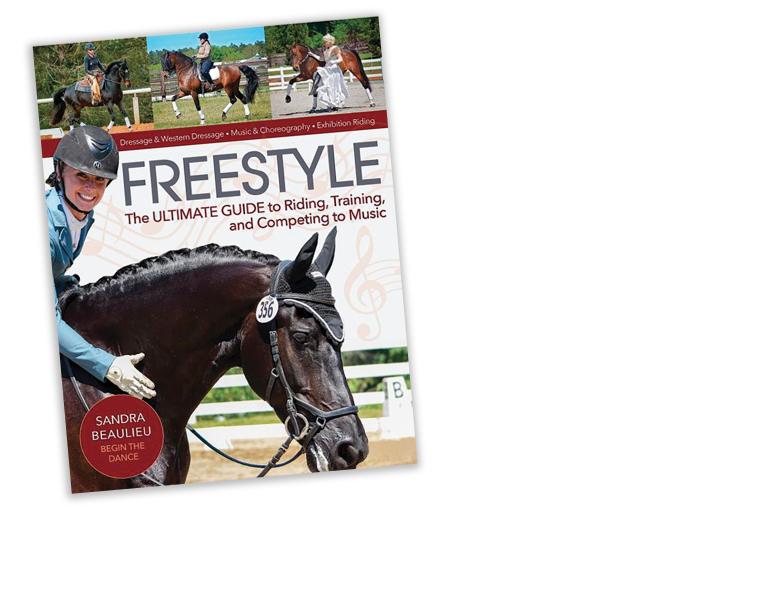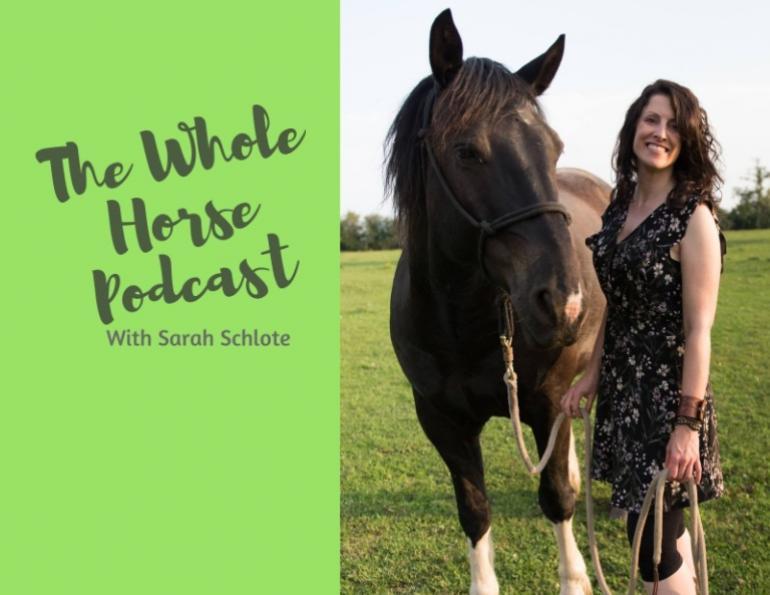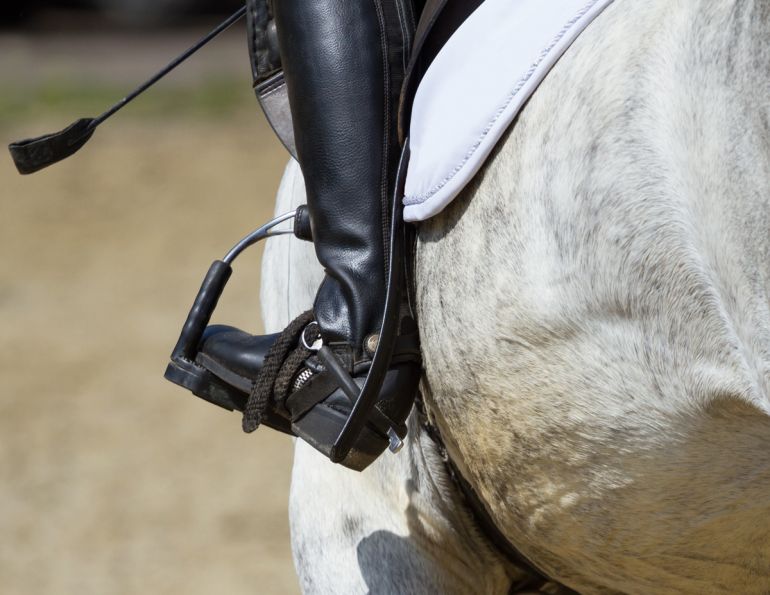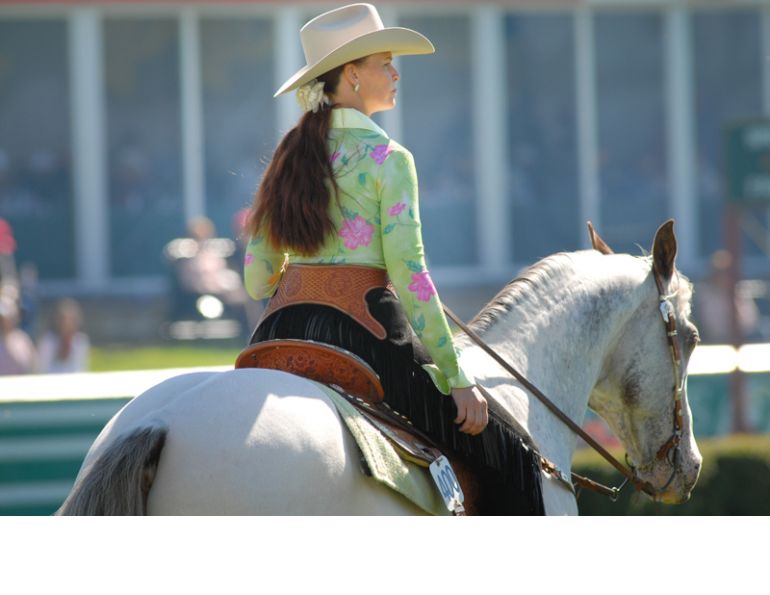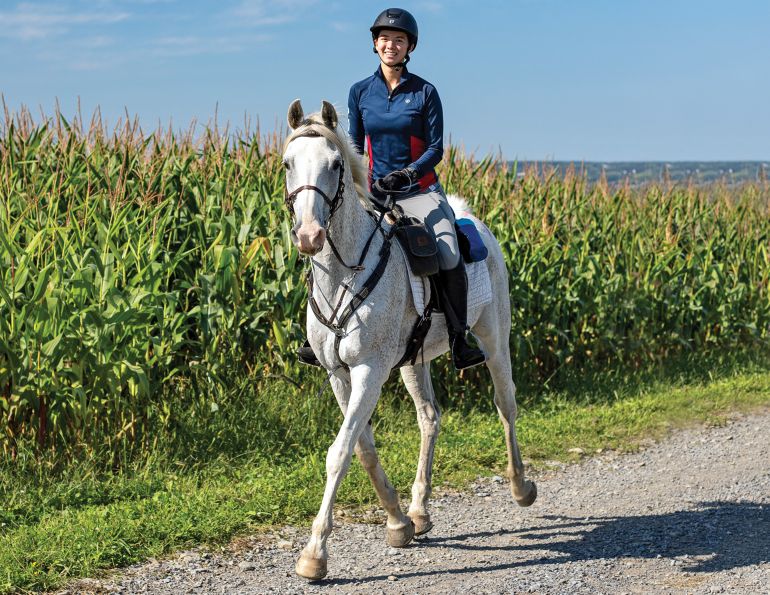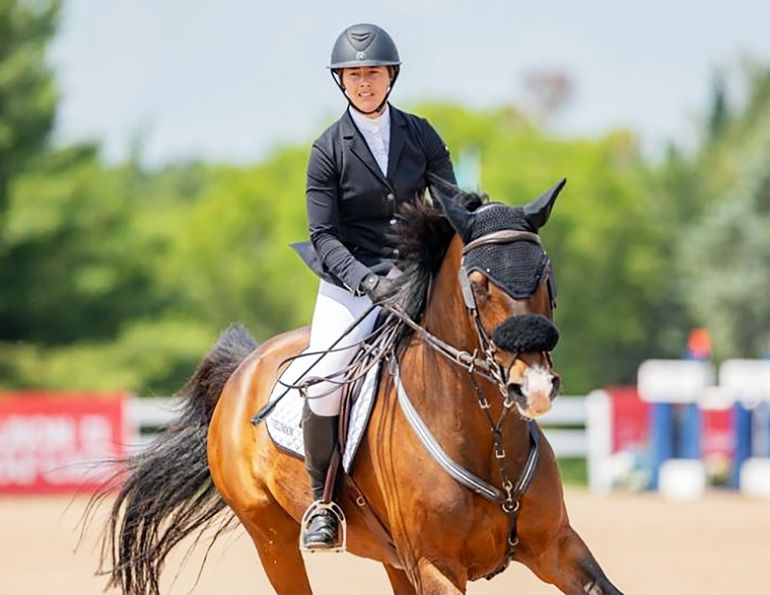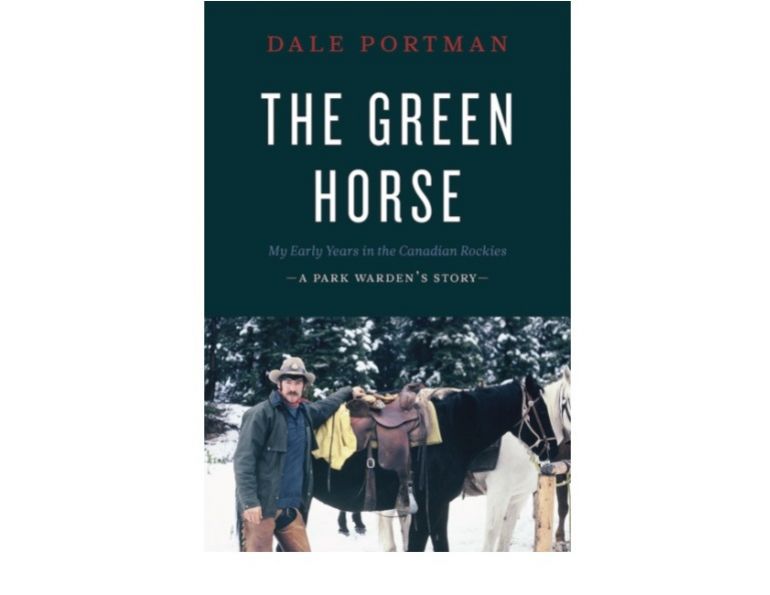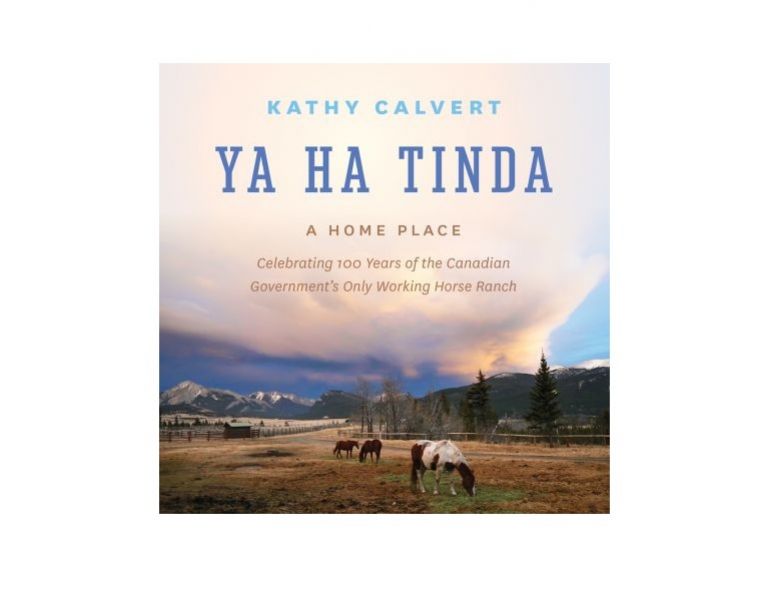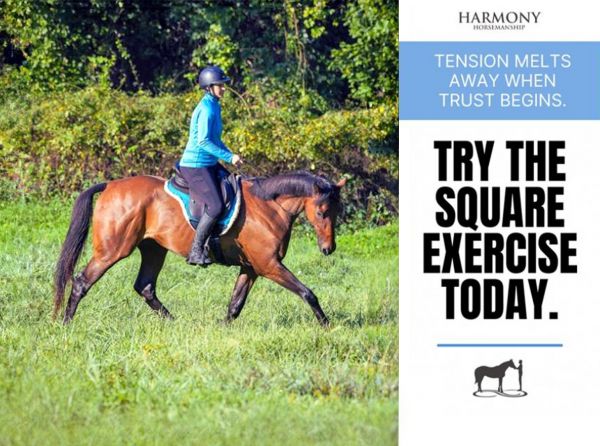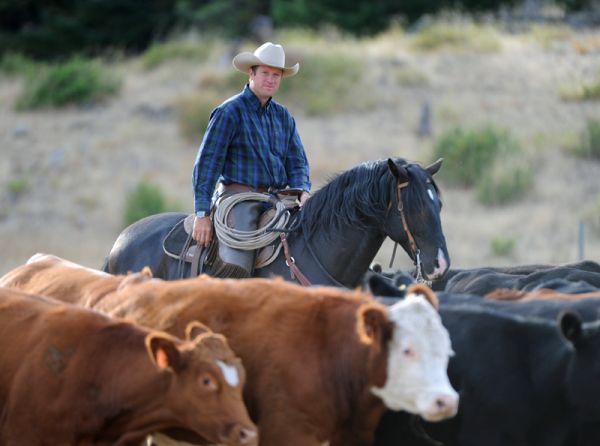The Ultimate Guide to Riding, Training, and Competing to Music
By Sandra Beaulieu
Published by Trafalgar Square Books/HorseandRiderBooks.com, 286 pages. Paperback, Kindle
Reviewed by Margaret Evans
Sandra Beaulieu was your typical horse-crazy kid except for one thing. She loved watching Olympic dressage riders, but she didn’t like the music they chose for their Freestyle tests, so she set up a boombox and played her own while she watched.
“I was that odd kid who collected movie soundtracks instead of the popular music of the day,” she writes in her book Freestyle. “I was involved in dressage, jumping, and Pony Club as a teenager, but when I saw Robert Dover’s famous One Moment in Time exhibition Freestyle, I was obsessed.”
That obsession led to multiple awards, distinction as a Masters Graduate of the Isaac Royal Academy of Classical Dressage, and a career as an award-winning musical Freestyle designer.
Riding to music is an amazing performance to watch. But riding to the right music, harmonized specifically to the movements and gaits of the horse, is a rare and profound experience.
“In order to understand the benefits of riding to music, you need to know how to choose music that matches your horse’s stride,” Beaulieu writes. “If you are like most riders, you have heard people mention ‘BPM’ before and you may be a little confused about what that means.”
BPM, or beats per minute, is the number of footfalls your horse takes in one minute.
“The reason this is important is that it helps you narrow your music choices to songs that have the greatest potential to match your horse’s stride.”
She explains the mechanism of finding your horse’s BPM with coloured leg wraps, or having an assistant use a stopwatch or a timer to record the number of footfalls of the lead leg in one minute.
Choreographing your ride can be challenging given the movements and gait changes expected. But choreography, she says, is weighted heavily in the artistic scores of the Freestyle test, as it demonstrates a rider’s ability to showcase a horse. A Freestyle that feels like a regular dressage test is not interesting to watch or judge. Well thought-out choreography will demand the full use of the arena with symmetry in mind, a cohesive design of required movements, and creativity that incorporates unique lines and sequences not seen in standard dressage tests.
“Think of your Freestyle as a story,” she suggests. “There is an introduction, a journey of ups and downs associated to the music and the gaits, and there is a definite ending.”
The book includes choreography for both classical dressage and Western dressage, as well as an excellent section on editing music. She includes information on software for editing, such as GarageBand or Audacity. The time spent working efficiently with sound editing software is essential for your Freestyle presentation in order to create a musical piece designed specifically for your presentation and your horse’s specific movements.
The book is liberally illustrated with colour photographs and diagrams for specific movements, and features interviews with other top Freestyle riders. In addition, Beaulieu provides approaches to choreographing rides for both competition and exhibitions.
Music, she writes, can be used not only for Freestyle dressage but for casual or training purposes. For fun and inspiration, she encourages the use of playlists, which can be played on an iPhone or on a surround sound system in the barn. Music not only soothes the mind and improves the mood but, by association, it will relax a horse leading to greater harmony and focus.
“Sometimes I ride to epic soundtrack music and imagine that we are in a movie scene. This gives added energy and purpose to my riding.”
For anyone interested in riding to music, this book is a must-have guide.



